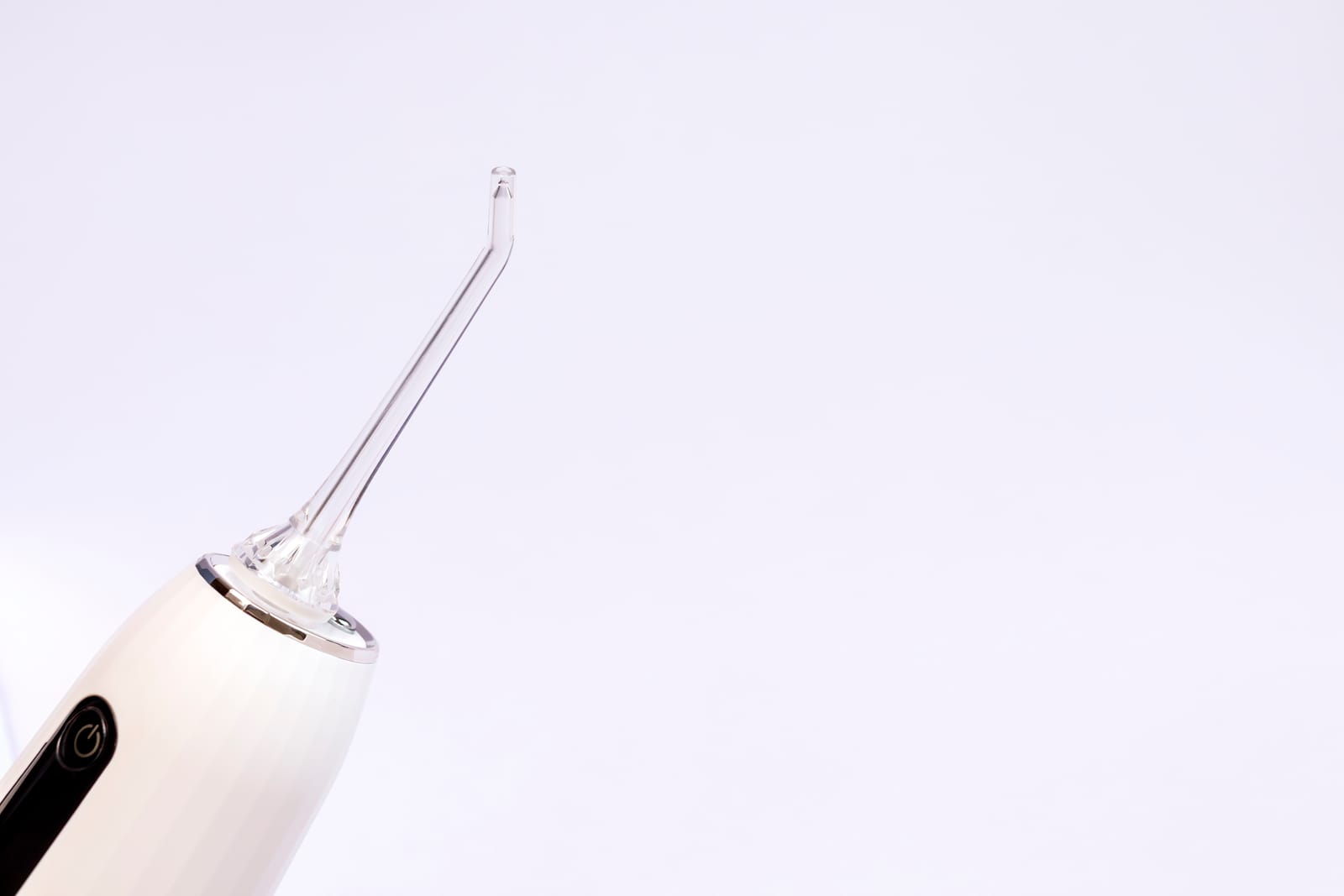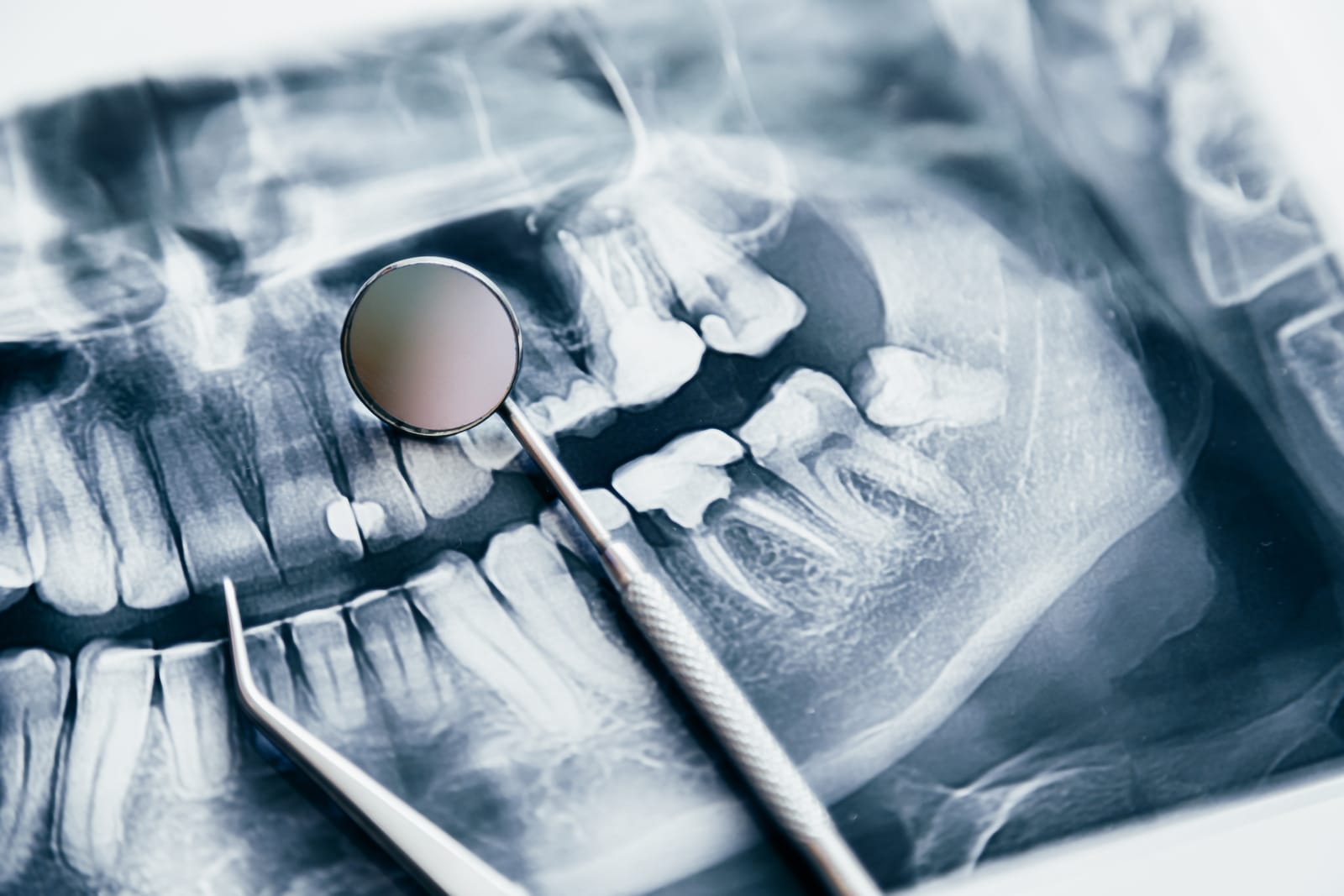When Will Bleeding After a Tooth Extraction Stop?

Bleeding is a normal symptom after a tooth extraction, but if it continues for too long then it may become more of a concern. It is helpful to understand how long bleeding should continue after tooth extraction and what to do if bleeding continues beyond what is considered normal during recovery.
What to expect after a tooth extraction
Tooth extractions are never pleasant, but the recovery process can be more tolerable by knowing what to expect and taking the proper steps to minimize symptoms. The following is an overview of what to expect after a tooth extraction, particularly as it relates to bleeding and how to control the bleeding.
Bleeding should continue for up to 24 hours
It is normal for bleeding to exist for up to 24 hours after the tooth extraction. However, the bleeding should be minimal and tolerable, and excessive bleeding that causes a major distraction or that causes major discomfort that is not tolerable is a concern. Nevertheless, minor bleeding in the area where the extraction took place is nothing to worry about as long as it is within the first day after the extraction took place.
Visit a dentist for bleeding that lasts beyond two days
If bleeding persists for more than 24 hours, then monitoring the bleeding for another day may be enough. However, if the bleeding gets worse after 24 hours, then scheduling a dental visit is likely necessary. Any minor bleeding that continues for more than two days requires a dental visit to ensure there are no concerns that need additional dental service. If there is ever a concern with the amount or length time of the bleeding, consult with a dentist.
Additional tips for tooth extraction aftercare
The dentist may provide gauze to allow the clot to form properly after an extraction. Be sure to leave the gauze in for several hours, and then continually change the gauze to keep the affected area as clean as possible. Additionally, avoid any actions that may irritate the area, such as brushing the area, consistently rinsing the mouth or touching the area.
To control the pain, take pain medications as recommended by the dentist and use a cold compress several times a day. Patients should also avoid tobacco and alcohol use during recovery and try to get as much rest as possible for the first 24 to 48 hours. Additionally, it is strongly encouraged to eat a diet of soft foods that contain little to no sugar until the mouth has made a full recovery following the extraction.
Reach out today
Recovering from a tooth extraction is relatively simple. However, if there is persistent bleeding after 24 hours, it is necessary to see the dentist for an evaluation. Bleeding could indicate a serious problem that should not be ignored. Nonetheless, it is important to remain calm and collected until getting to the dentist. To learn more or to ask questions, reach out today!
Request an appointment here: https://www.stgeorgedentalcare.com or call St. George Dental Care at (435) 628-9099 for an appointment in our St George office.
Check out what others are saying about our services on Yelp: Read our Yelp reviews.
Recent Posts
Proper oral hygiene goes beyond brushing your teeth twice a day. While traditional flossing remains important, many people struggle with the technique or find it uncomfortable. This has led to growing interest in alternative cleaning methods, particularly water flossers like Waterpik devices.At St. George Dental Care, we frequently receive questions about these devices from our…
When your general dentist mentions you might need to see an oral surgeon, many patients feel uncertain about what this means. Understanding the role of an oral surgeon can help ease concerns and prepare you for specialized dental care. These highly trained professionals handle complex procedures that go beyond routine dental work. An oral surgeon…
Missing a tooth can impact more than just your smile. It affects your ability to eat, speak clearly, and feel confident in social situations. When considering tooth replacement options, two popular choices emerge: dental bridges and dental implants. Understanding the bridge vs implant cost comparison helps you make an informed decision that aligns with both…
Getting a tooth filling is a common dental procedure that helps restore damaged teeth and prevent further decay. After your appointment, your dentist will likely recommend eating soft foods to avoid discomfort and protect your new filling while it sets properly.Choosing the right soft foods to eat after tooth filling can make your recovery more…


